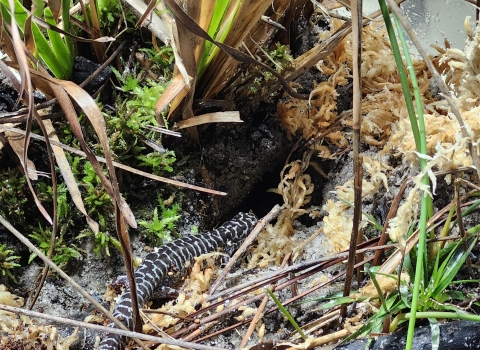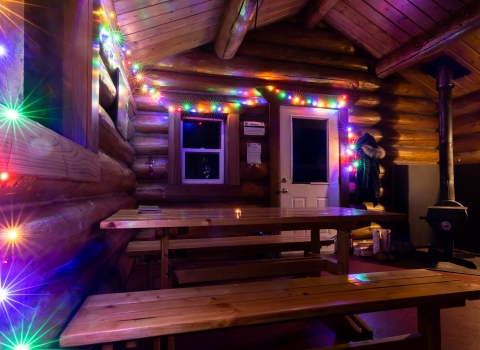The U.S. Fish and Wildlife Service announced today it intends to extend the public review and comment period on the preferred alternative of the long-range plan for the Upper Mississippi River National Wildlife and Fish Refuge by 30 days. The new deadline for comment will be Mar. 6, 2006, pending the publication of a formal announcement in the Federal Register later this month.
The new preferred alternative, known as Alternative E, was released Dec. 5, 2005 for a 60-day comment period.
Alternative E was prepared in response to public comment during a series of public meetings last summer on the Draft Comprehensive Conservation Plan and Environmental Impact Statement being crafted to guide refuge management for the next 15 years. The plans are a mandate from Congress.
Refuge Manager Don Hultman said the extension of the comment period is in response to requests from individuals, conservation groups, and elected officials who felt more time was needed for comment, due to public interest and the holiday season.
“ The extension will also give people a chance to reflect on what they hear and learn at the open houses and public forums scheduled this month,” Hultman said.
Nine public open houses and forums begin today (January 3) in Stoddard, Wis., and end January 24 in Winona, Minn. The open houses will run from 6 p.m. to 6:45 p.m., followed by an open public forum until 8 p.m. Meeting dates and locations were announced earlier and are listed on the plan website at: http://www.fws.gov/midwest/planning/uppermiss.
Hultman said people can comment through the website, through the mail, or during the public forums. He said after the comment period ends in March, the refuge will prepare the Final CCP and EIS and release it to the public, probably in early summer 2006 given this current extension.
With more than 3 million visitors per year, the “Upper Miss” Refuge is the most visited refuge in the country and has the added complexity of a major navigation system, including 11 locks and dams within its boundary. It is also a world-class fish and wildlife area which harbors 306 species of birds; 119 species of fish; 167 active bald eagle nests; thousands of heron and egret nests; spectacular concentrations of canvasback ducks, tundra swans, and white pelicans; and several threatened or endangered species.
The U.S. Fish and Wildlife Service is the principal federal agency responsible for conserving, protecting and enhancing fish, wildlife and plants and their habitats for the continuing benefit of the American people. The Service manages the 95-million-acre National Wildlife Refuge System, which encompasses 545 national wildlife refuges, thousands of small wetlands and other special management areas. It also operates 69 national fish hatcheries, 63 Fish and Wildlife Management offices and 81 ecological services field stations. The agency enforces federal wildlife laws, administers the Endangered Species Act, manages migratory bird populations, restores nationally significant fisheries, conserves and restores wildlife habitat such as wetlands, and helps foreign governments with their conservation efforts. It also oversees the Federal Assistance program, which distributes hundreds of millions of dollars in excise taxes on fishing and hunting equipment to state fish and wildlife agencies.


